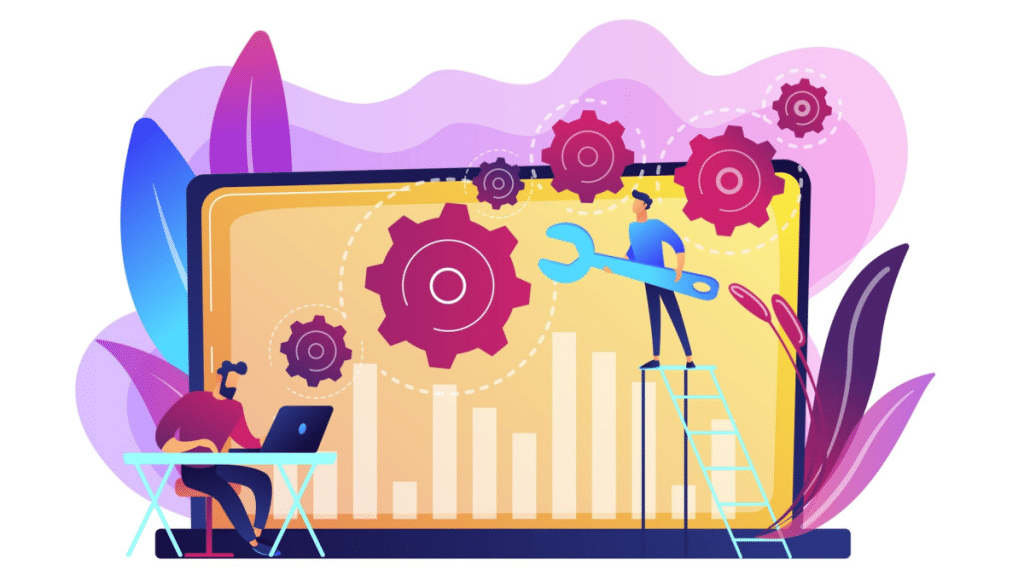TPM is designed to have a culture of preventative and proactive asset maintenance, in which every team member, whether a manager or an operator, has to contribute and execute the asset maintenance. Let’s take a closer look at its eight major pillars.
1. Autonomous Maintenance
The first pillar of TPM, autonomous maintenance, allows each machine operator to be personally responsible for their asset.
In addition, operators are not limited to using machines but perform many other daily tasks, including sensing lubrication and inspection tasks. The total productive maintenance software ensures the maintenance of assets in good condition and allows insight into emerging failures.
2. Focused Improvement
This TPM pillar provides evidence in the form of continuous improvement achieved through collaborative and interdepartmental efforts.
The second pillar refers to an ‘improvement team’ – consisting of each unit of the manufacturing functions – which aims to achieve the same goals through the collaboration and sharing of each member’s competence. A focused improvement correlation with a modern internal audit/review, its focus on plant safety and asset maintenance.
3. Planned Maintenance
One of the key advantages of autonomous maintenance (pillar one) is the ability of factories to predict the suitable moment when maintenance needs to be done. Initially, this scheduled maintenance again has the same concept.
In this case, manufacturing divisions compare machine metrics like failure rates and safety statistics with their production history and then determine the most effective time for preventive maintenance.
4. Quality Maintenance
Equipment failure may not always mean physical or human fault, it can result from malfunctioning with the systems, which are not in good shape. But here is the catch: the latter mistakes, despite their clarity, may prove quite hard to discover and pin exactly.
Under the scope of quality management, manufacturing units apply root-cause analysis to find the flaw behind the failure and make a fix to the poor-quality processes that will reduce the breakdown rate.
5. Early Equipment Management
This pillar indicates that stakeholders within the supply chain play an integral role in ensuring its smooth and efficient operations. In early equipment management, improvement group results and other information are obtained from the TPM process.
This information is then used to improve and maximize its performance and serviceability in the next evolved version of the relevant equipment designs.
6. Training & Education
Within this pillar, maintenance personnel, operators, and workers are given the required knowledge and technical skills to become the backbone of TPM. The operators are skilled in inspecting the machines properly; lubricating and performing their duties according to autonomous maintenance activities.
The maintenance team comes to authorize the technical expressions in machine instructions, develop a preventive maintenance plan in compliance with the instructions, and perform the asset maintenance according to the manufacturer’s guidelines.
7. Safety, Health, and Environment (SHE)
An organized working environment, where all equipment has a place for everything and everything is left in its place, is one of the foundations of TPM. Proper housekeeping gives the supervisor an unrestricted view of the floor by removing unnecessary scraps, spare parts, and junk from the industry views.
This allocates space for distributing spare parts, lubricating oils, and cleaning materials to designated cabinets so they can be accessed easily and without any complications during maintenance operations.
8. Administrative Aspects of TPM
The last pillar of TPM endeavors to be better at field operations by minimizing waste in office administration activities. For instance, the implementation of electronic systems to enhance the electronic work order processing and the paperless approvals of permits to work orders to enable fieldwork to begin quickly.
